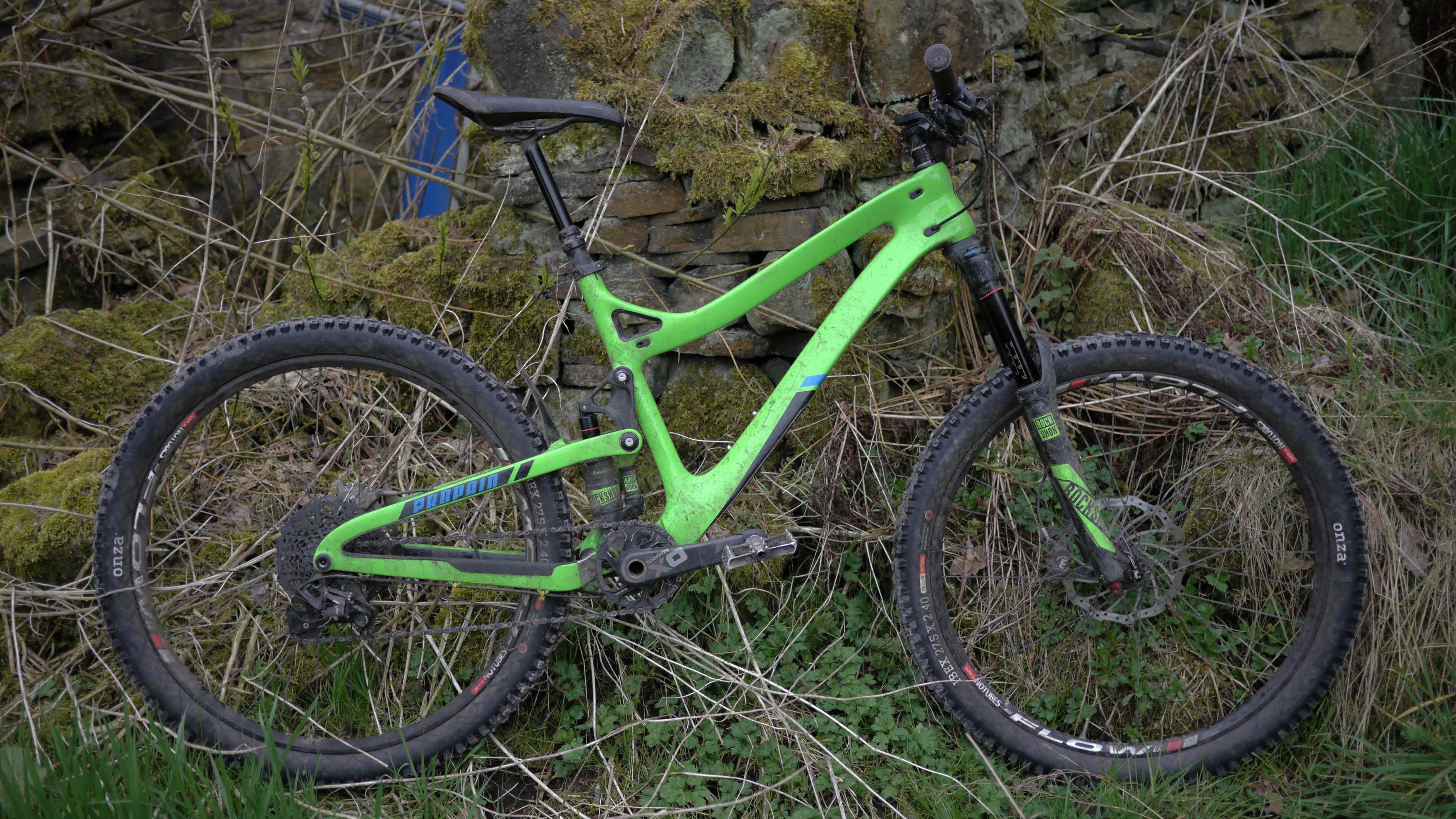By David Hayward
When Chipps asked “Do you want to test a German bike?” I replied, “Well, I don’t miss triple chainsets…” but my jaw dropped on seeing the Tyee. It’s brash; not designed for subtlety whatsoever – in looks or in riding.
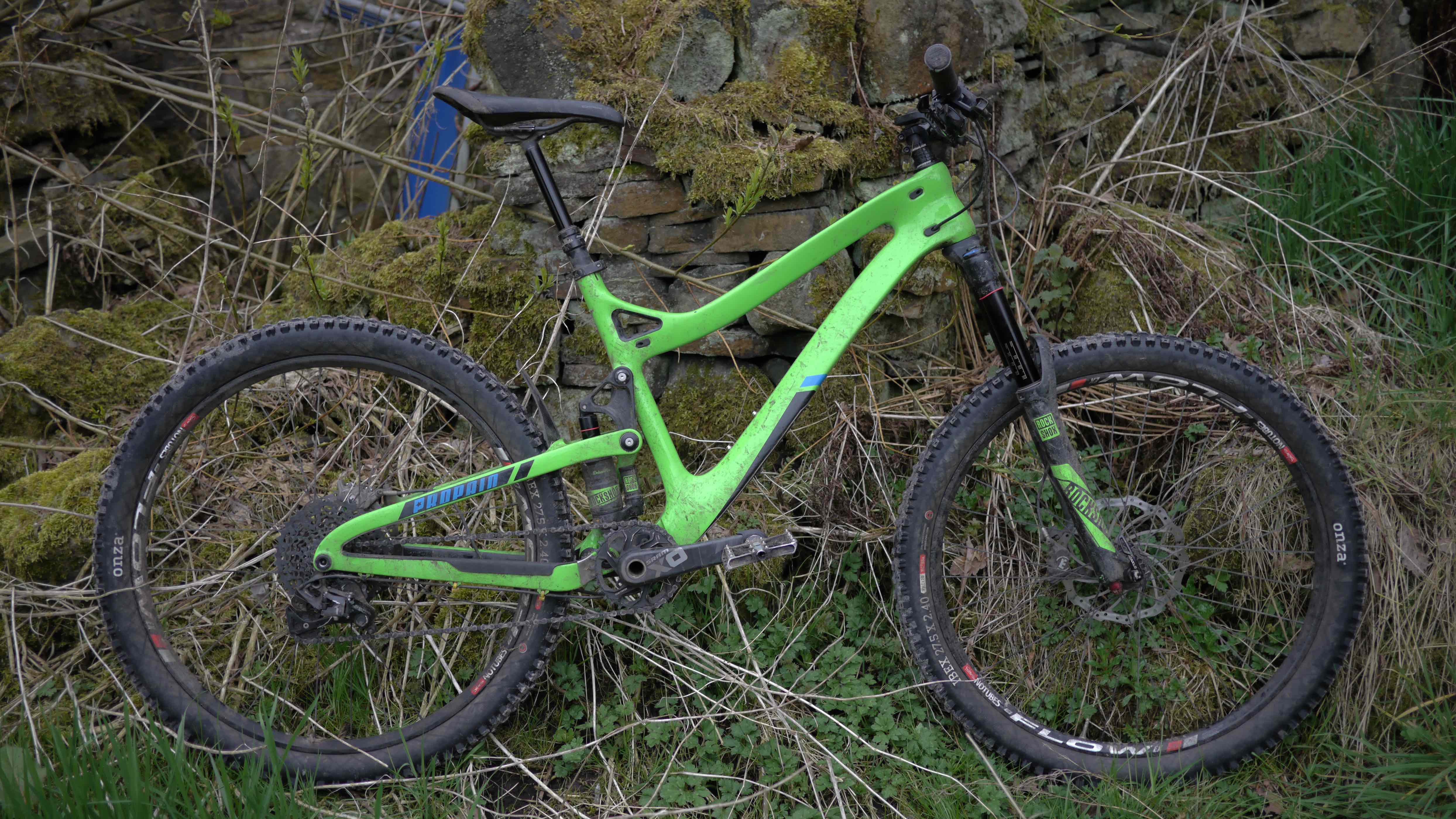
I’ve also always hated lime green, though it does tickle me that they call this shade DVO Green, then ship colour matched Pikes.
The frame is all carbon, and in this case the cranks and bars too. Every person who picked it up during the test exclaimed “Ooh that’s light!”, which, especially for a 160mm burl-o-matic, it is.
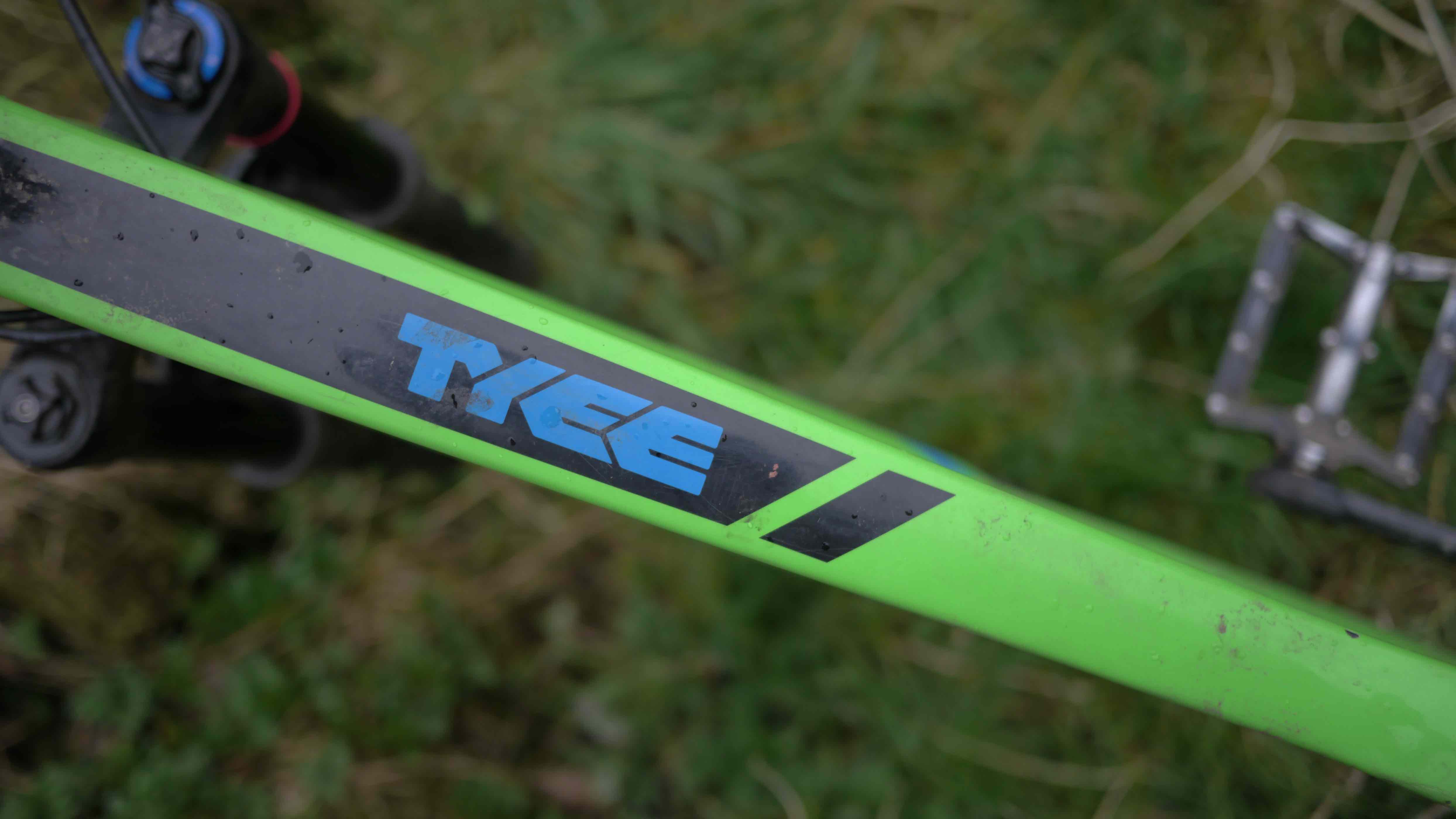
Available pre-configured or with a custom selection of components via the Propain website, the build they sent is one of the fanciest they do. Adding carbon rims would push it even further into ultra-bling, but Flow EX rims coupled with Tune hubs did just fine. In two months of riding with tyres sometimes as low as 17psi, I often heard rim dings (I am a man with A Substantial Reputation in that department) but I picked up no actual damage.
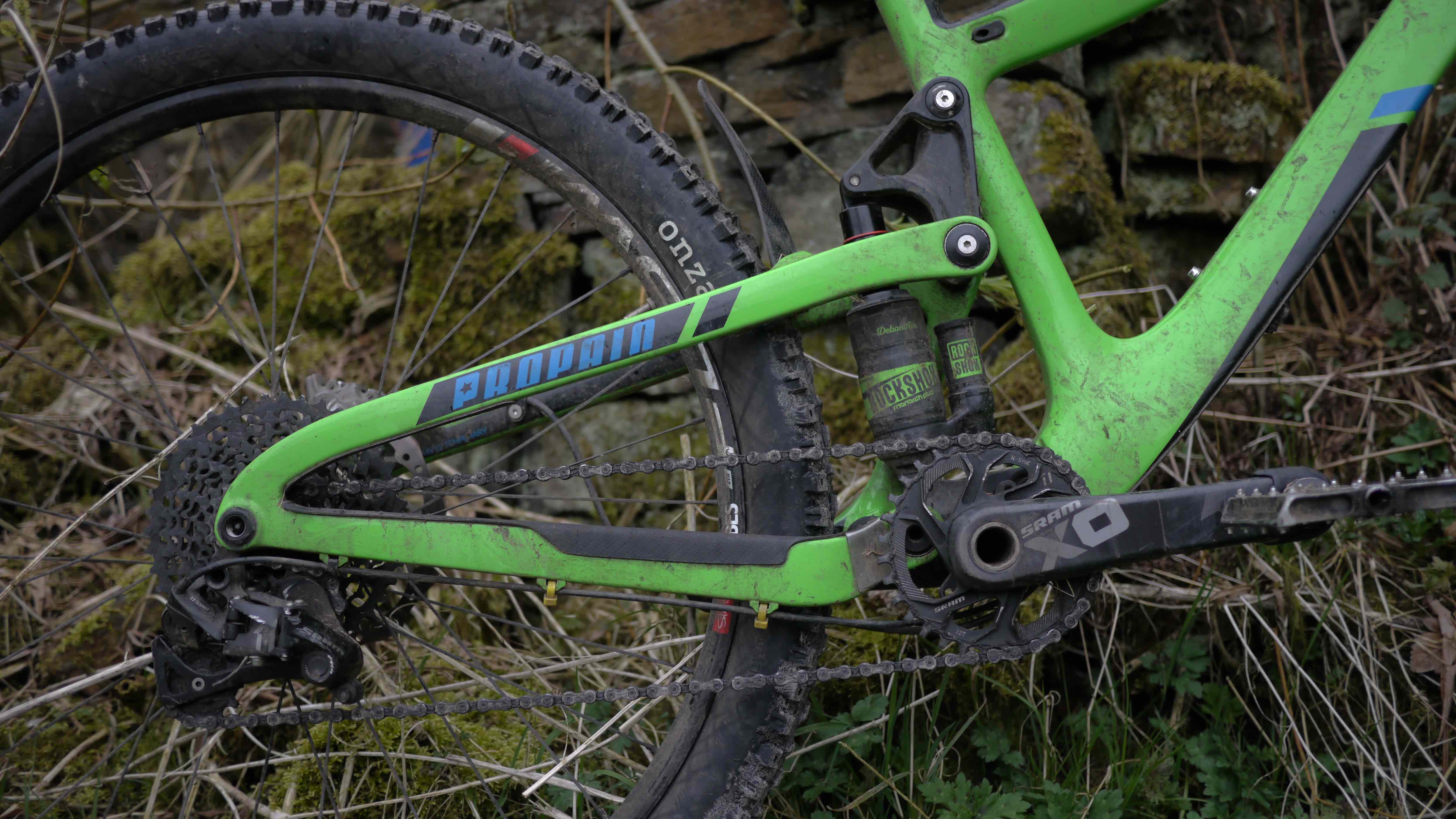
I’ve done my best to be critical of the Tyee, but the fact is, I get on this bike and it feels like an extension of my body. Within a week, on familiar descents I’d gone from wondering where I could brake less to realising I’d got through entire sections without touching them. Every time I thought I was about to crash, the Tyee sucked it up and kept rolling. It turned every descent into a fast-as-you-dare one, and I started analysing them in terms of where to pedal more. I ran out of breath while descending, and wanted to get fitter so I could keep up with it.
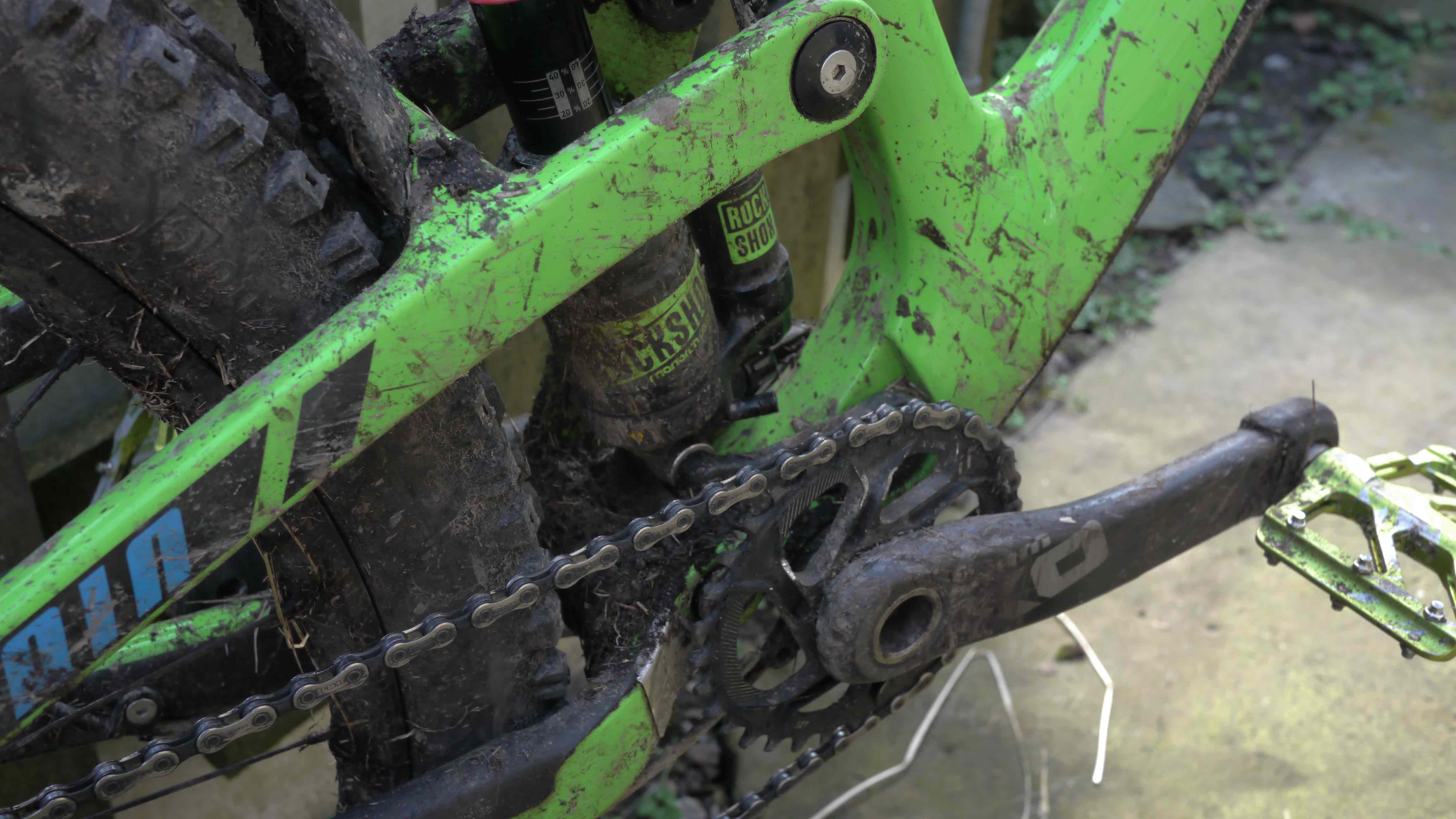
I’ve ridden a lot of bikes but none have felt like this. It’s that good. But of course, it may be some kind of cosmic coincidence – the geometry might just happen to match up with me just so; the stock tunes on the Pike and Monarch may just be perfect for my weight and riding style. So let me try to pick apart the quirks:
The first thing I noticed was how difficult it is to lift the front end. Not insurmountable, but noticeable. The long chainstays (445mm) and severe seat tube angle (75.3deg) are most likely responsible. The shock is also sub-optimally positioned for British weather: upside down and just in front of the back wheel. Despite a little carbon mudguard on the seatstay bridge, muck does gets through, making me cringe at the thought of grit being pumped down toward the seals. Running this long term in the UK, I’d expect it needs a stringent maintenance schedule, or a larger improvised mudguard.
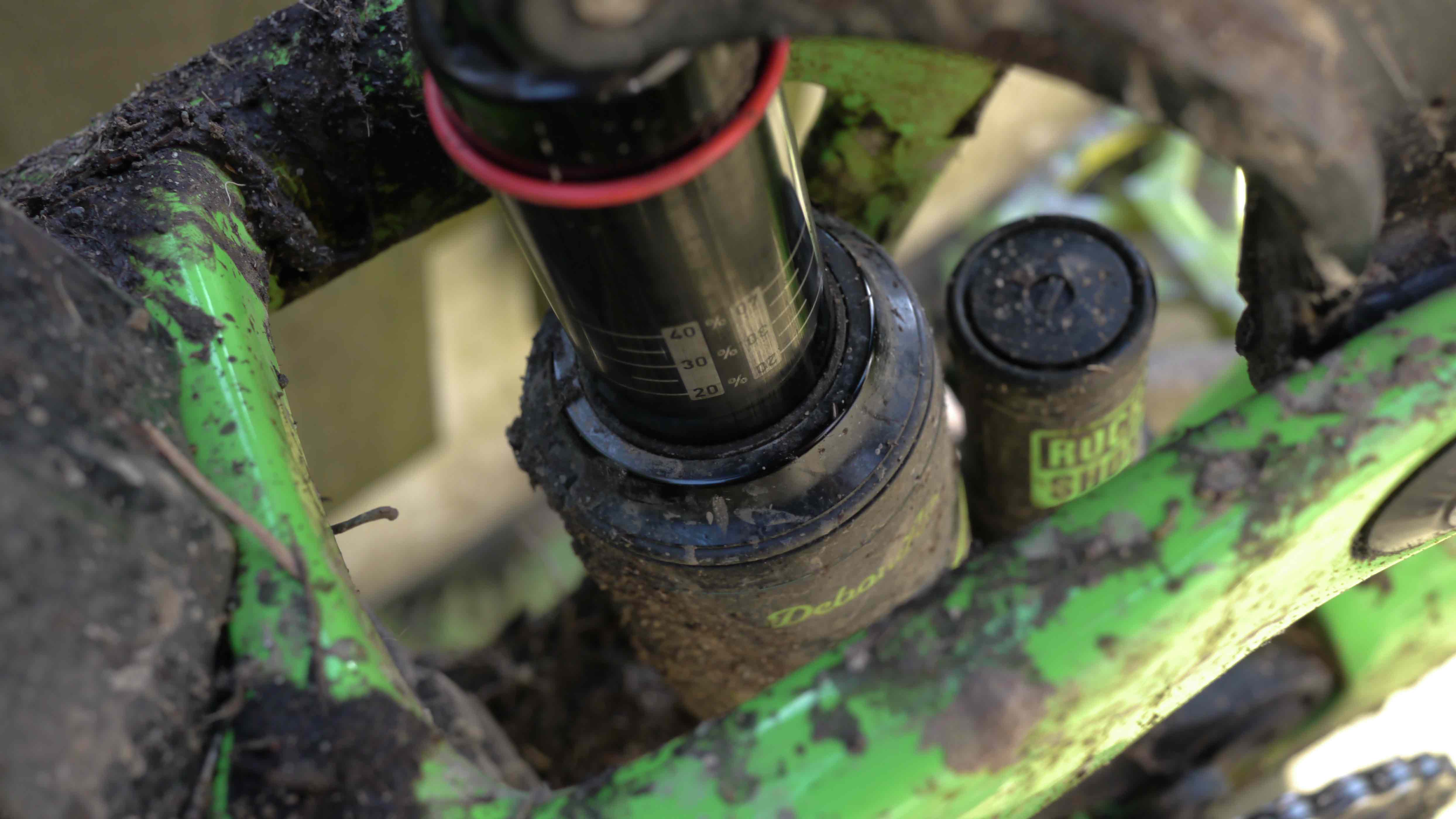
The Magura MT7 brakes are extremely powerful, but disappointingly have two finger levers (apparently becoming single finger for 2017). My hands are fairly big and strong though (raaar), so I found that I could still get comfortable and had oodles of power regardless of weather even when I moved them inboard for single finger braking. Reference point: world cup downhill racer Greg Williamson has been cutting slots in his MT7 pads to make them a little less stoppy. I am not him though – my pads remained resolutely un-slotted.
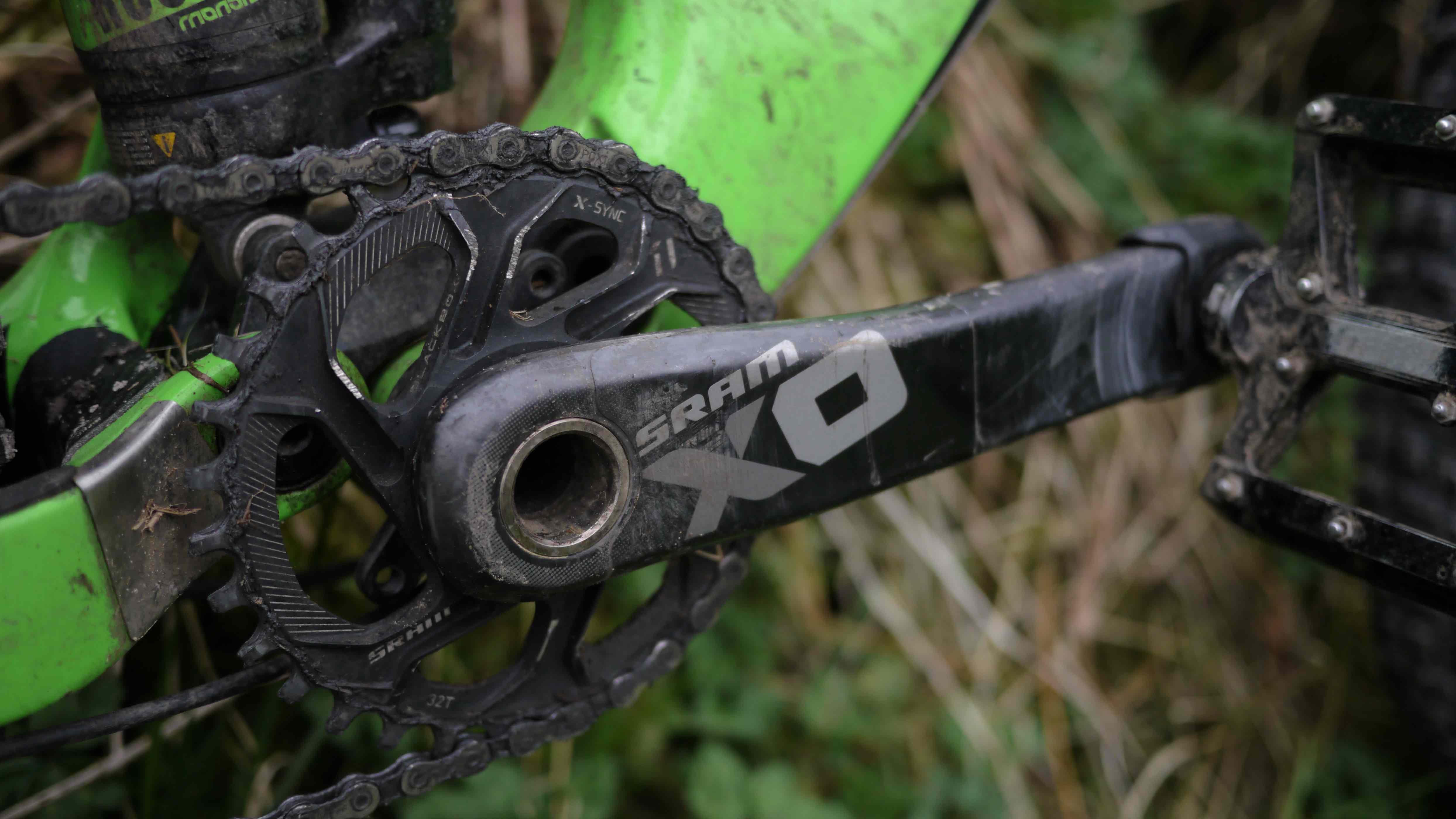
The brakes were a good match with the 2.4 Onza Ibex tyres, which provided acceptable traction in all conditions from “fine and dry” to “sideways rain”, “mud apocalypse” and “lacerating hail whiteout”. Good all rounders, they rolled fast enough when trails were firm and shed mud well when they weren’t.
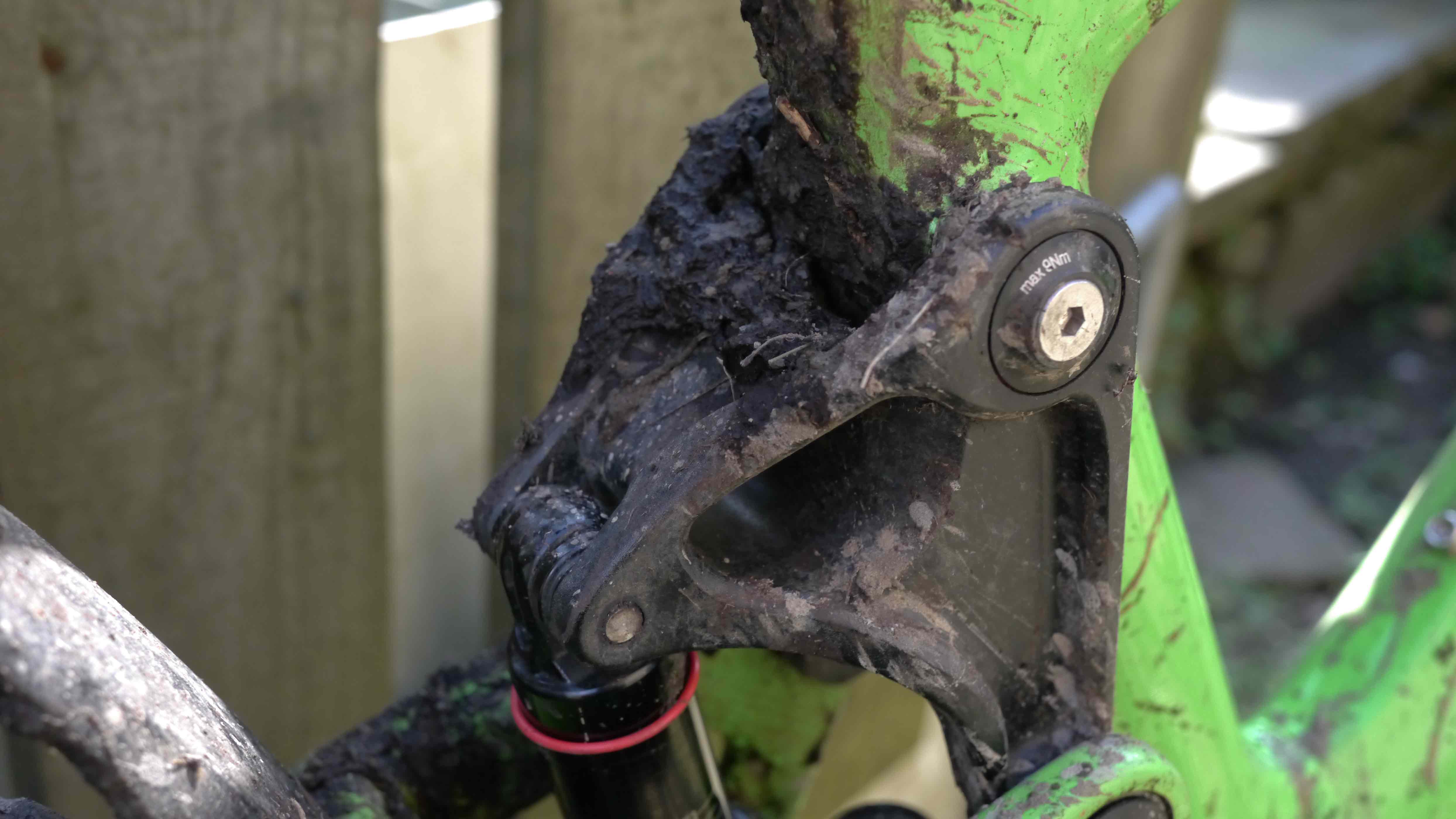
The piggyback shock seemed like it might be overkill for most UK riding, and accordingly it took in mile after mile of rocky singletrack and descents without a stutter – nice to have. Unlike a lot of riders who find they adjust sag in the middle setting and leave it there, I found the three settings on the shock like night and day and… dusk? The stiffest setting reduced pedal-bob to the point I could no longer detect it with my eyes or bum, and while perfect for road climbs was too firm for technical climbing. The middle setting was great for nadgery bits of ascent, and markedly reduced pedal strikes on rutted singletrack. Wide open, it lets you hoon down pretty much anything, and hoon I did. The shock and fork did bottom out occasionally, but were progressive enough that I never really felt it happen.
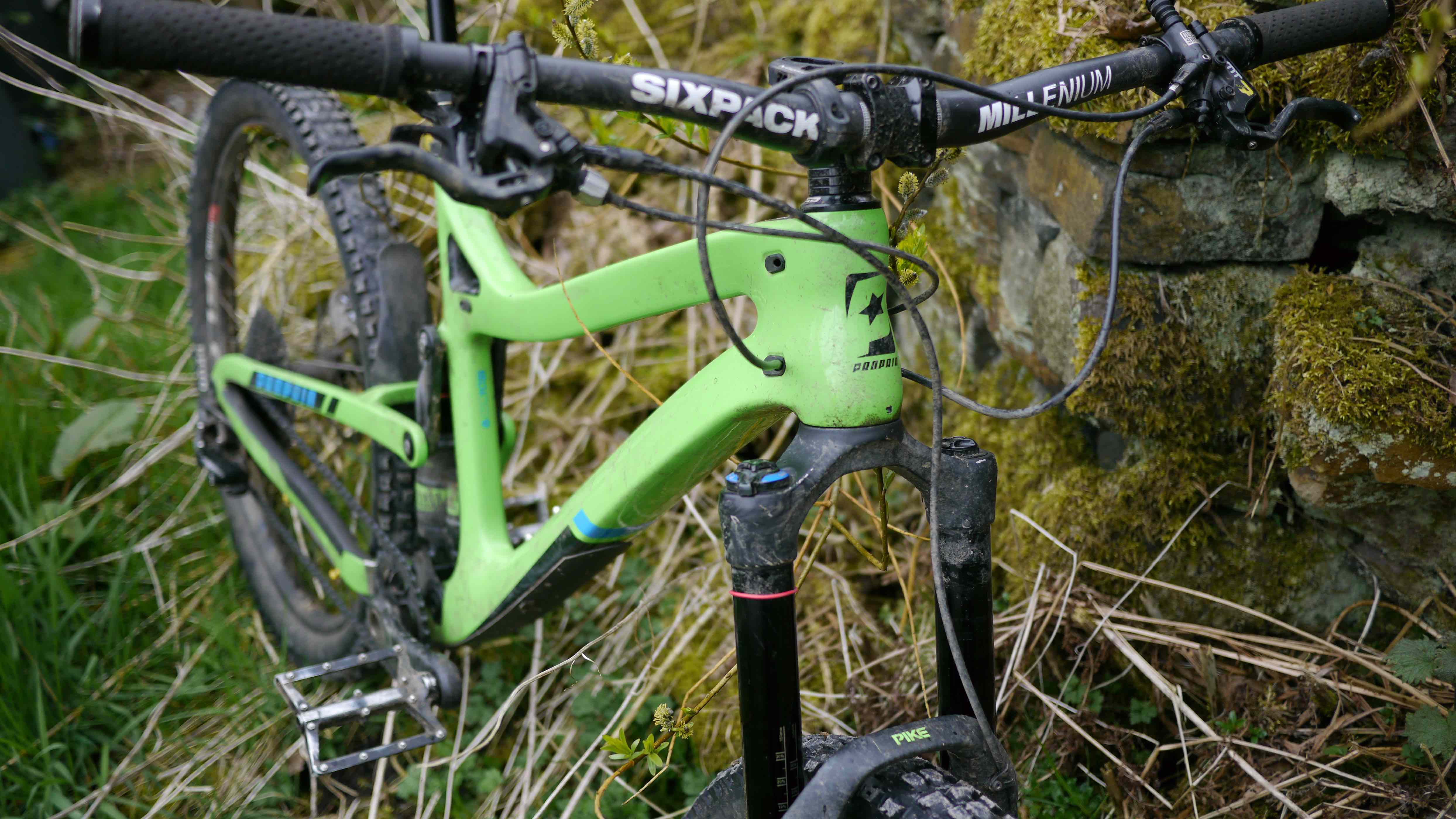
Overall: During the test I continuously got faster, and faster, until eventually realising I’d have to do some serious and committed physical training if I hoped to find the limits of the bike. I was faster up, faster along, and faster down than on any other bike I’ve ridden, and despite that, to my (ever so slight!) frustration I didn’t crash or flat once in two months. It’s not just a good bike, it’s one I’m always excited to ride. Good enough that I’d accept higher maintenance on the shock, and I’ve even become slightly fond of lime green.

